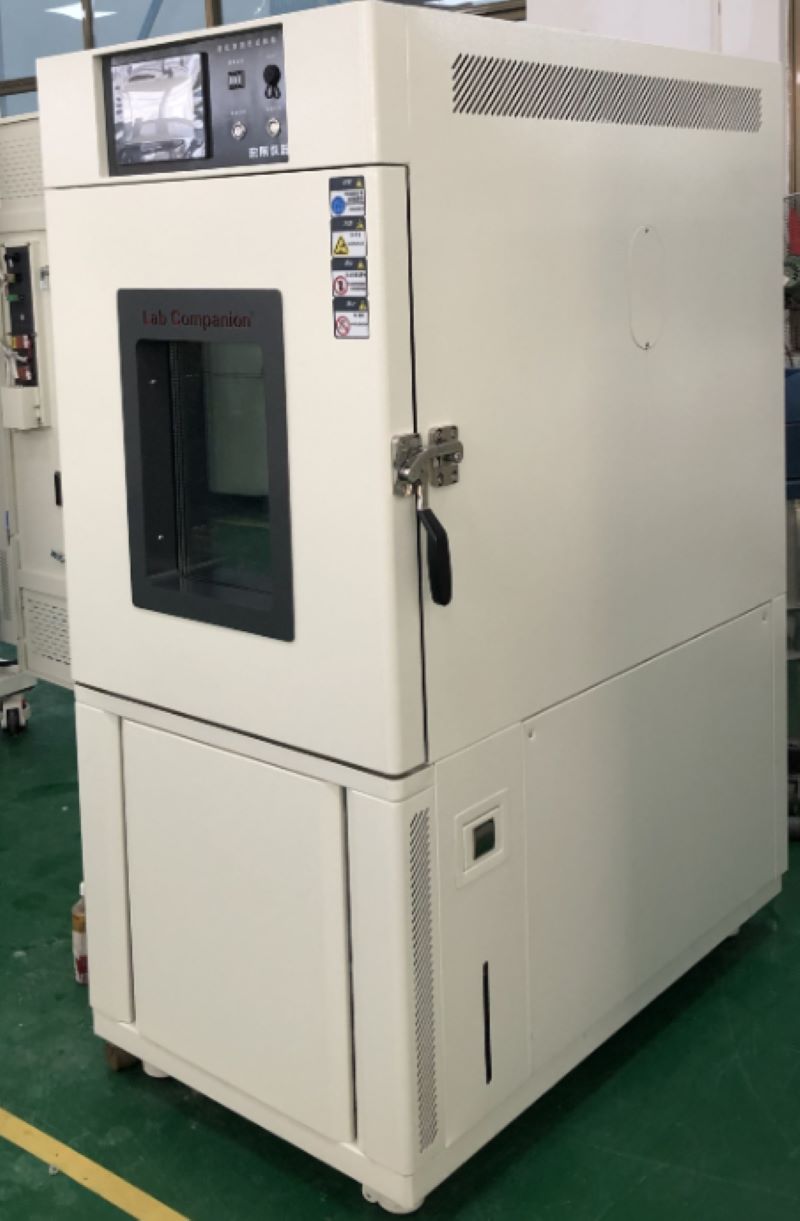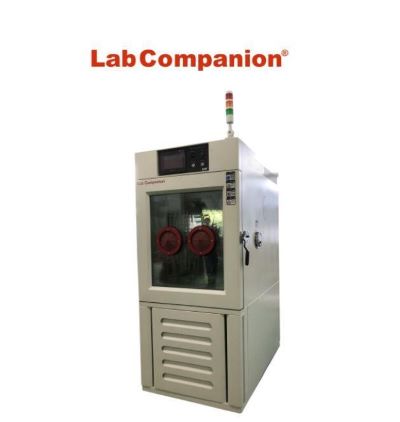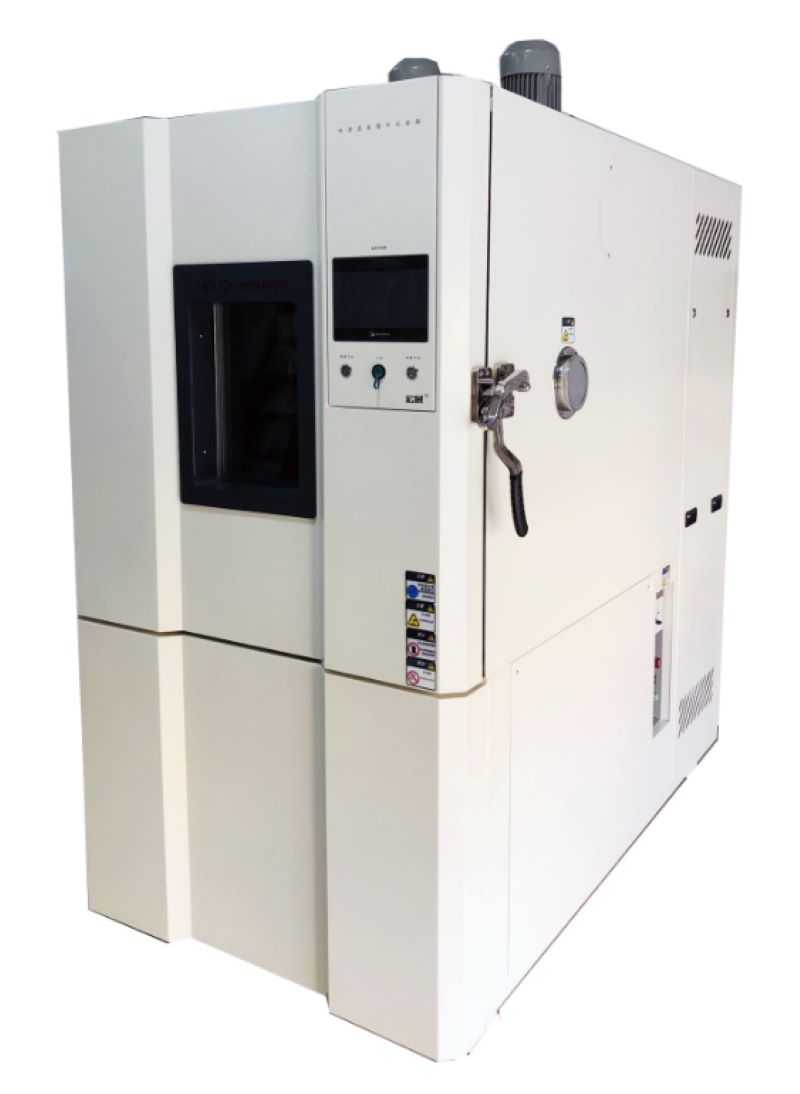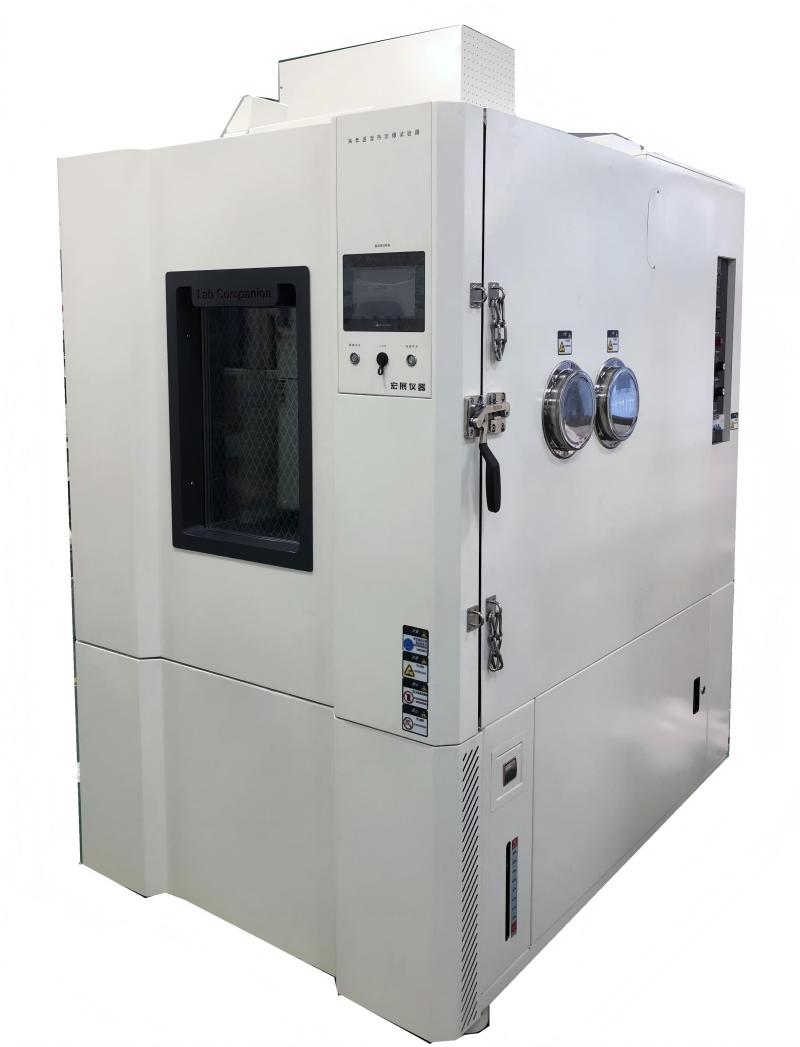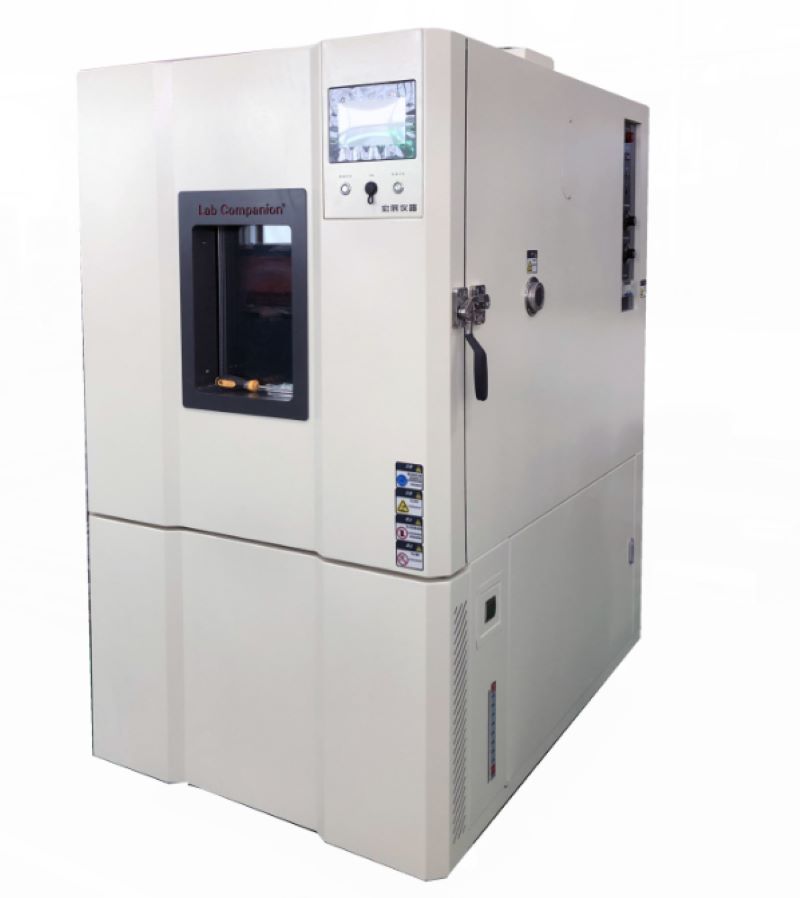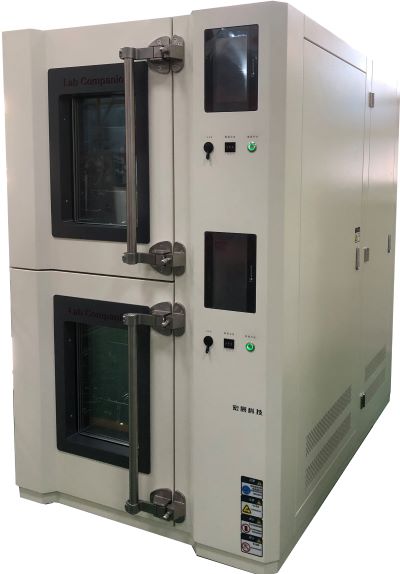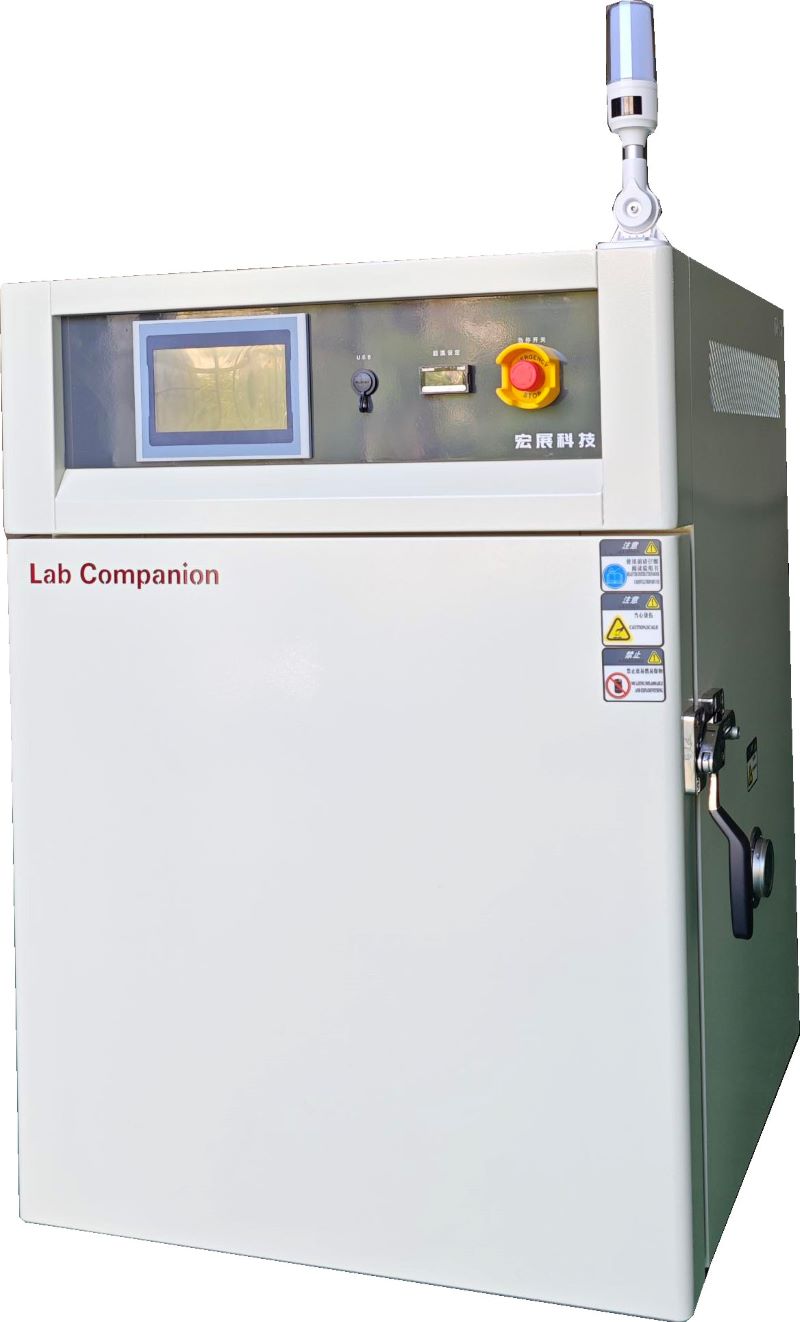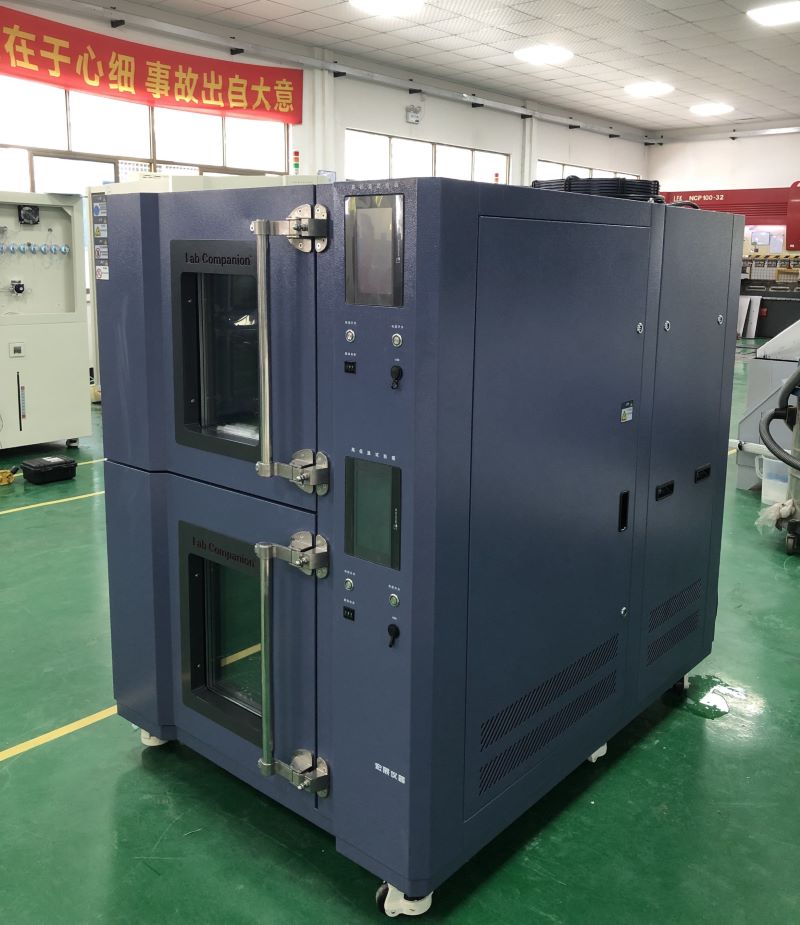High Pressure Failure Caused by Water Cooling Unit of High and Low Temperature Test Chamber
1, High and low temperature test chamber refrigerant charging too much. Such a thing is usually produced after the overhaul, mainly manifested as the suction and exhaust pipe working pressure, balanced working pressure are high, refrigeration compressor operation current is also high.
Solution: Air should be released under the rated load according to the working pressure and balanced working pressure of the suction and exhaust pipe and its operating current until normal.
2, The water cooling temperature of the high and low temperature test chamber is too high, and the actual condensation effect is poor. The cooling water rated load of the refrigeration unit is 40~45'C, the temperature is high, and the heat pipe is not good at heat dissipation, which must cause high condensing pressure, and this phenomenon is therefore generated in the high temperature season.
Solution: The reason for the high temperature will be: the common faults of the closed cooling tower, such as the centrifugal fan is not turned on so that the water distributor does not turn, mainly manifested in the high temperature of the cooling circulating water and the rapid rise; The average external temperature is high, the waterway is short, and the water flow of the circulating system is small, so the cooling circulating water temperature is usually maintained at a high level, and the method of upgrading the storage pool can be treated.
3, The water cooling of the high and low temperature test chamber is not enough, and the water yield cannot reach the rated value. The specific performance is that the difference of water pressure in and out of the generator set is reduced (compared with the pressure difference at the beginning of the operation of the system software fund), and the temperature difference is increased.
Solution: The reason for the insufficient water output is that the system software has less water or gas. The solution is to install an automatic exhaust valve in the upper air of the pipeline to develop the exhaust pipe; The pipeline filter is blocked or used too thin, the water permeability working capacity is limited, should use a suitable filter device and clear the q filter screen every quarter; The centrifugal pump is small and does not match the system software.
4, High and low temperature test chamber cooler fouling or blocking. Condensate water is usually used in drinking water, at about 40°C is very easy to accumulate scale, and because the closed cooling tower is vertical, it is immediately exposed to the gas, dirt and dirty things are very easy to enter the cooling system, resulting in the cooler dirty blocked, the total heat transfer area is small, low efficiency, and also harm the water output. Its main performance is that the generator set inlet and outlet water pressure difference, the temperature difference increases, the temperature of the hand cooler is very high, and the copper pipe of the cooler exhaust air conditioning is hot.
Solution: Reverse cleaning of the generator set should be carried out every quarter, and chemical cleaning scale cleaning should be carried out if necessary.
